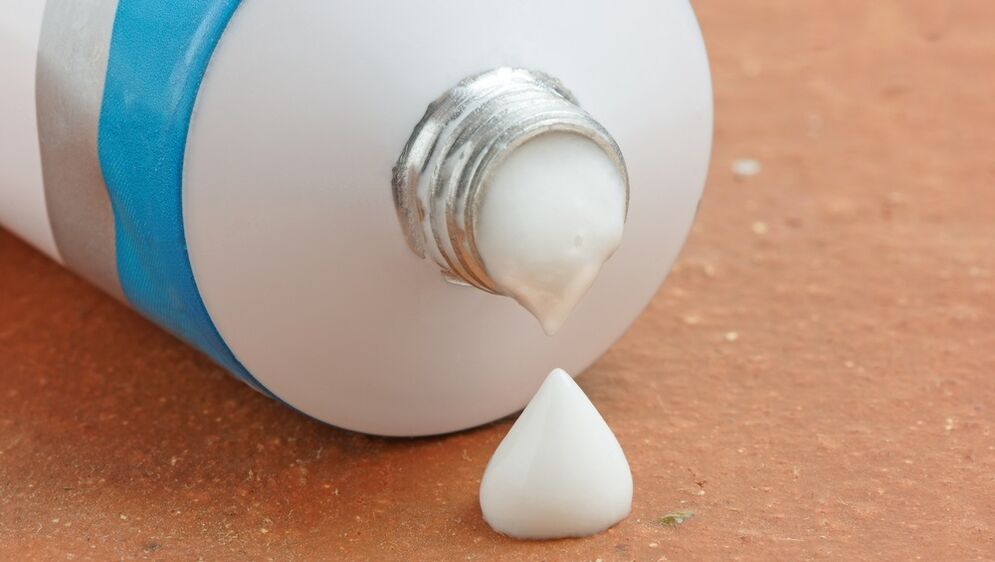Ointment from papillomas is a local drug with antiviral and anti-inflammatory action. Some ointments for benign tumors have unfavorable side effects. The effectiveness of drug therapy depends on the correct selection of drugs.

General information about the disease
Genital papilloma is a benign tumor caused by viral diseases with many different causes. Usually, genital warts are painless. In a third of the victims, they disappear after a few months.
Sometimes small papules can itch, bleed, and hurt during intercourse. Victims feel disadvantaged in their sex life. Many people also consider their genital warts a cosmetic problem. They are embarrassed and want to get rid of them as soon as possible.
There are many ways to treat skin lesions. Treatment depends on where on the body the genital warts are located. Another concern is whether there are other sexually transmitted infections such as yeast infections, genital herpes, HIV or chlamydia.
For example, in the case of vaginal mucosal growth or urethral opening, treatment with trichloroacetic acid can destroy the wart. However, for flat warts, doctors often use surgical intervention.
There is no way to guarantee that genital warts (Condylomata acuminata) will go away forever. Because the immune system doesn't always completely get rid of the human papillomavirus that causes genital warts, STIs often come back.
Your doctor will usually recognize genital warts with the naked eye. He will examine the anus and genital area for changes in the skin and possibly a tissue sample, which he will then examine under a microscope. Genital warts inside the body such as in the rectum, vaginal mucosa, urethra will be more difficult to detect. Often a special examination is needed - an examination of the vagina, rectum or urethra.
Once genital warts have been identified, the surgeon can surgically remove the warts or freeze them with liquid nitrogen. Sometimes special creams and ointments are used. In rarer cases, when genital warts grow on the tongue or around the eyes, an ENT specialist or ophthalmologist can help.
The main characteristics of preparations for papillomas
Preparations containing salicylic acid, which, due to their keratolytic effects, reduce the volume of warts and sometimes also help heal with continued use, are among the most popular anti-wart preparations. Salicylic acid destroys the intercellular bonds of keratinocytes and thereby dissolves hyperkeratosis.
Salicylates can be widely absorbed through the skin and cause intoxication. Therefore, during pregnancy, infants and toddlers, as well as renal failure, extensive long-term treatment should be avoided. In addition, it prevents contact with eyes and mucous membranes. The drug should not be applied to the genital area and face. Because the drugs differ significantly in the concentration of salicylic acid
To interrupt cell division, cytostatics are used locally in the treatment of warts. By inhibiting DNA and RNA synthesis, cytostatics prevent cell proliferation and thus the spread of viruses.
Immunomodulators are approved to treat external genital warts and perianal warts in adults.
Tool selection criteria
Benign growths often regress as the immune system manages to destroy the virus in the skin. However, if you have warts, you may want to consider the following treatment options:
- medicines;
- cryotherapy;
- surgical removal.
To protect against infection with human papillomavirus, it is necessary to pay attention to hygiene measures - disinfect hands and feet, for example in swimming pools. Vaccines have been available against papillomavirus types 6, 11, 16 and 18 since 2006. In addition to cervical cancer, papillomavirus also causes genital warts and vulvar skin lesions.
To reduce the risk of developing cervical cancer, the Robert Koch Institute's Standing Committee on Immunization (STIKO) recommends vaccinating girls before first sexual intercourse (9-14 years old) in its recommendations. Immunization Report 2018. There is also scientific evidence that vaccinating teenage boys, who are common carriers of the virus, can help control the spread of cervical cancer.
There are other ointments (for example, oxolinic), the clinical effectiveness of which has not been demonstrated.
Salicylic ointment for papillomas is rarely used at the moment, as it has a number of significant side effects. Several topical therapies are available for the treatment of external genital warts (Condylomata acuminata), and their effectiveness is difficult to assess because the success rates of studies on individual procedures vary widely. All things fail to prevent frequent relapses and cause significant local discomfort. There is no standard therapy.
Clinical trials are not available to compare with other treatment options. Due to insufficient literature, high spontaneous healing potential, and significant side effects, the use of tea extract is not recommended.
Topical cancer drugs
Genital warts are caused by the human papillomavirus, which is sexually transmitted, most commonly types 6 and 11. On the one hand, it can resolve on its own, on the other hand, it burdens the patient and very rarely degenerates into a malignant tumor. count.
It is not recommended to take and apply any means without consulting a doctor. Which ointment is the best and most effective will tell the doctor.
Contraindications and side effects
In rarer cases, it can also lead to hypersensitivity reactions in the skin. If there is hypersensitivity to methyl 4-hydroxybenzoate or propyl 4-hydroxybenzoate, the use of the ointment should be completely abandoned. It is strictly forbidden to use the ointment during pregnancy or lactation.
Ointment can cause skin irritation, abrasions and irritation. This side effect is relatively common but is not cause for alarm. The ointment is also used in 3-day cycles. After 3 days of use, the next four days are time to rest for the skin to recover.

























